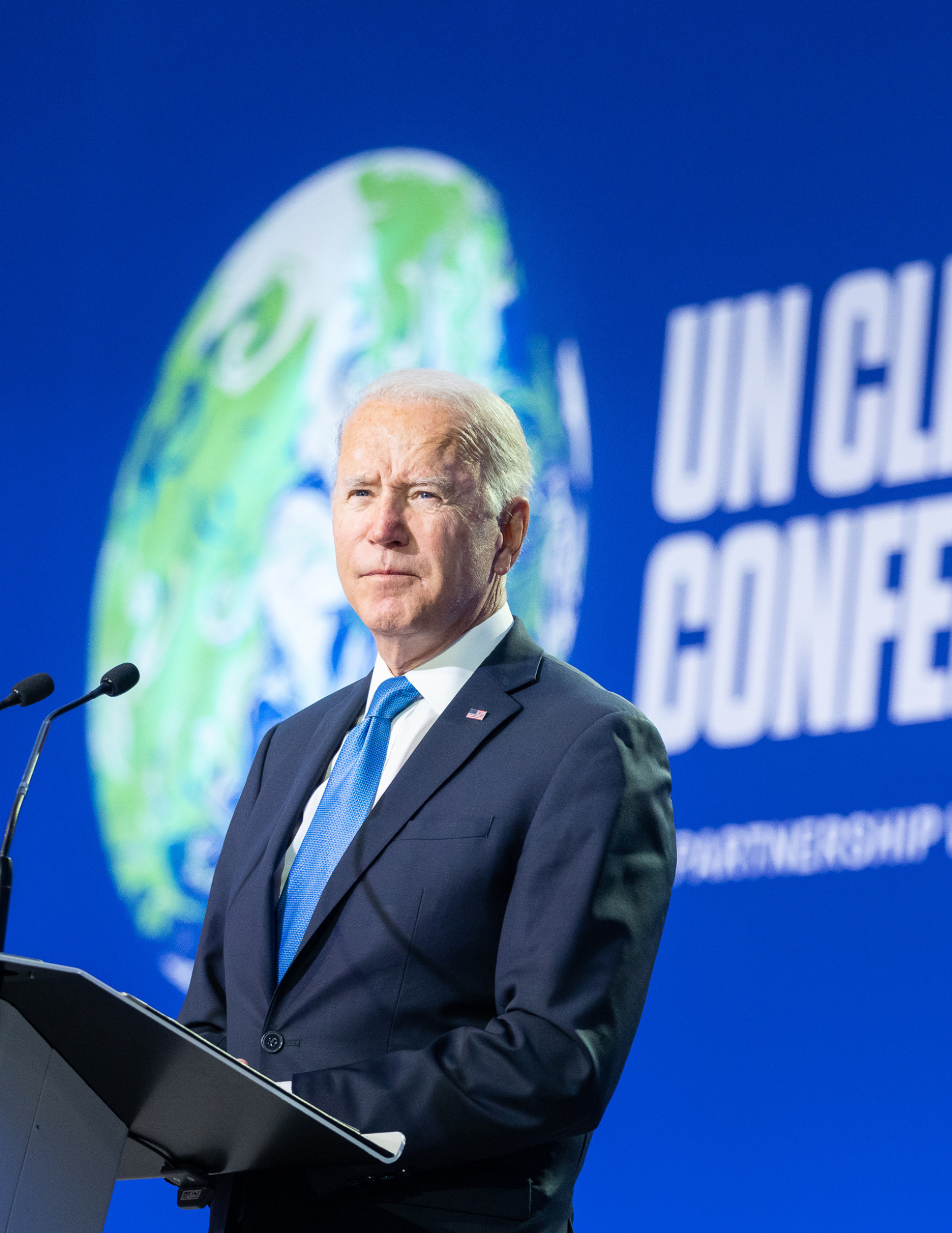Home / U.S. Climate Alliance Lauds President Biden’s Order to Rejoin Paris Agreement, Commits to New Kind of State-Federal Climate Partnership

WASHINGTON, D.C. – The U.S. Climate Alliance — a bipartisan coalition of 25 U.S. governors committed to achieving the goals of the Paris Climate Agreement — today applauded President Joe Biden’s swift action to rejoin the international accord and vowed to forge a new kind of state-federal partnership to confront the climate crisis.
“Our states founded the U.S. Climate Alliance in direct response to the last administration’s decision to withdraw the United States from the Paris Agreement.” said the Alliance’s co-chairs New York Governor Andrew Cuomo, Washington Governor Jay Inslee and California Governor Gavin Newsom. “With a new administration taking office, it’s a new day for climate action. President Biden understands the urgency of the climate crisis, and we are elated that the administration is taking quick and decisive action to reenter the Paris Agreement on Day 1, and to accelerate American climate action. The Alliance stands ready to forge a new kind of state-federal partnership — for the good of our country, our climate, our economy, and our future generations.”
Today’s order to rejoin the Paris Agreement makes it clear to the world that the U.S. — which led international efforts to forge this strong, historic pact — is back at the table and ready to press ahead on climate. This renewed federal push includes a series of other executive climate actions on issues states have led on in recent years and will be critical to the U.S. recovery. The Alliance and its members will be a key partner in not only helping achieve these goals, but also in expanding ambition.
To that end, the Alliance last week convened a wide-ranging virtual meeting with the Biden Administration’s National Climate Advisor Gina McCarthy and Deputy National Climate Advisor Ali Zaidi, featuring chiefs of staff, cabinet secretaries, senior advisors, and other top officials from Alliance states. These leaders thanked the Biden administration for its bold commitment to confront the climate crisis and pledged to continue to accelerate state-led climate ambition and action, which has given the U.S. a fighting chance to get back on track to rapidly decarbonize. Participants emphasized that the nation’s success depends on a stronger partnership and discussed opportunities to collaborate, coordinate, and share expertise, technical assistance, and resources in the days ahead.
While the Alliance was formed in 2017 to help fill the void left by the previous administration’s decision to withdraw the U.S. from the Paris Agreement, it will continue to play an integral role in helping the U.S. achieve the goals of this accord in the years ahead. Today, its members represent 55 percent of the U.S. population and 60 percent of U.S. GDP. Between 2005 to 2018, Alliance states collectively outpaced the rest of the country in both emissions reductions and economic output, achieving an estimated 14 percent decrease in emissions and a 16 percent increase in per-capita economic output. These trends held in 2019 and the Alliance’s recent analysis showed that its member states created more than 133,000 new clean energy jobs from 2016 to 2019 — outpacing the rest of the nation — as they pursued bold climate action. While the coronavirus pandemic and resulting economic downturn have disrupted these trends, state-led climate action continues. Together, Alliance states have cemented a foundation for coordinated climate policy adoption and implementation, providing a roadmap for national policy makers and the new administration.
Launched in 2017 by the governors of Washington, New York, and California to help fill the void left by the U.S. federal government’s withdrawal from the Paris Agreement, the Alliance has grown to include 24 governors from across the U.S. representing approximately 60 percent of the U.S. economy and 55 percent of the U.S. population. Governors in the Alliance have pledged to collectively reduce net greenhouse gas emissions by at least 26-28 percent by 2025, 50-52 percent by 2030, and 61-66 percent by 2035, all below 2005 levels, and collectively achieve overall net-zero greenhouse gas emissions as soon as practicable, and no later than 2050.
The Alliance’s states and territories continue to advance innovative and impactful climate solutions to grow the economy, create jobs, and protect public health, and have a long record of action and results. In fact, the latest data shows that as of 2023, the Alliance has reduced its collective net greenhouse gas emissions by 24 percent below 2005 levels, while increasing collective GDP by 34 percent, and is on track to meet its near-term climate goal of reducing collective greenhouse gas emissions 26 percent below 2005 levels by 2025.
###